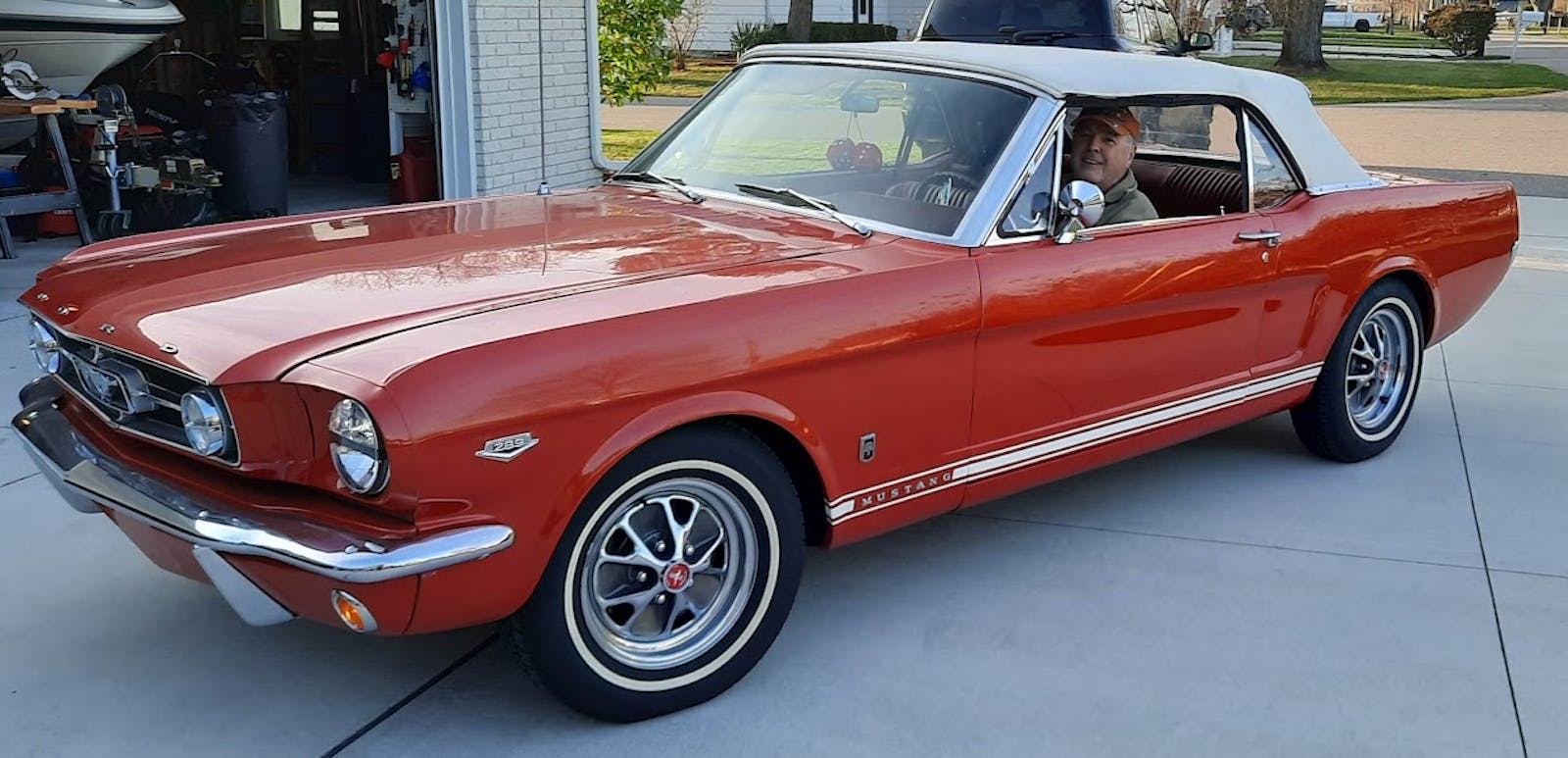Pickup trucks have been on the job for 100 years
Given the several centennial celebrations coming down the pike, pickup fans would be wise to secure a wholesale source for birthday cake candles. Ford, Chevy, GMC, and Dodge all trace their roots to the second decade of the 20th century.
After farmers and business owners pleaded with Henry Ford to offer a utility vehicle, he responded in 1911 with stripped-down versions on the Model T. Independent builders supplied cabs and cargo enclosures according to specific customer needs. The U.S. Army purchased thousands for ambulance use in World War I.
The pickup era began at the end of 1917 with the Ford Model TT (T-based pickup Truck). With a base price of $600 (about $12,488 today), only three were sold that year, followed by 41,105 such units in 1918. With a beefier frame, wheelbase stretched from 100 to 125 inches, stiffer springs, and larger wheels, the TT had a GVW (gross vehicle weight) rating of one short ton (1800 pounds).

Since the standard Model T 20-horsepower four-cylinder engine carried over to the pickup, the rear axle was switched from a bevel-gear to a worm-drive arrangement available in two ratios. The “special” 5.17:1 ratio was good for a 22-mph top speed versus the standard 7.25:1 axle’s hair-raising 15-mph terminal velocity. Sensing opportunity, the aftermarket responded with auxiliary transmissions offering a total of six forward speeds and two-speed rear axles. Since the stock TT engine lacked pumps of any kind, accessory makers began selling bolt-on devices to circulate the engine coolant more efficiently.
The cagey William C. Durant, who reacquired control of GM in 1916 and watched Ford’s TT program unfold, responded with a Chevrolet 490 Light Delivery truck in 1918. Selling for a competitive $595, it could tote half a ton on a 102-inch wheelbase and was available with a variety of cab and utility bodies manufactured by external agents. Unlike the Ford TT, Chevy boasted overhead valves in its four-cylinder engine delivering a more potent 21.7-horsepower routed through a conventional three-speed sliding-gear transmission.
After supplying the Ford Motor Company with components for half a million Model Ts, the Dodge brothers began building and selling their own cars in 1914. During World War I, the U.S. Army bought 20,000 Dodge half-ton chassis sets for cargo trucks and ambulances.


When peace returned in 1918, Dodge converted its ambulance into what it called a Screenside Commercial Car. Riding on a 114-inch wheelbase and offering a half-ton payload, this pickup—with a roof and roll-up side covers—was supplemented by a fully enclosed cargo-bed model six months later. A 35-hp four-cylinder engine and three-speed transmission gave Dodge a leg up in hauling performance.
GMC Trucks first appeared at the 1912 New York Auto Show, followed by a production run of 272 units. More than 8500 trucks were supplied to the government during the war years. Models offered for sale, starting in 1918, were larger and more expensive than the trucks offered by Ford, Chevy, and Dodge. In 1920, Chevy and GMC merged forces to offer the same basic design with minor styling differences.
Ford began using the F-series name in 1948. The F-150 has been America’s favorite pickup for 40 years and the top-selling vehicle in the U.S. for 35 years. More than 26 million have been sold since 1977. Analysts estimate that 90-percent of Ford’s global profits are attributable to the popular F-150 line.


Chevy’s claim to fame is 85 million pickup truck deliveries during the past century.
Fiat Chrysler switched its pickup truck nameplate from Dodge to Ram in 2010. This year, Ram pickup sales have closed to within 11 percent of the Chevrolet Silverado’s volume.
Thus far, strides in efficiency have more than offset rising fuel costs to keep trucks of every configuration popular in consumer minds. With hybrid powertrains and lighter cab and bed materials (like carbon fiber) coming, pickup prospects are bright.


